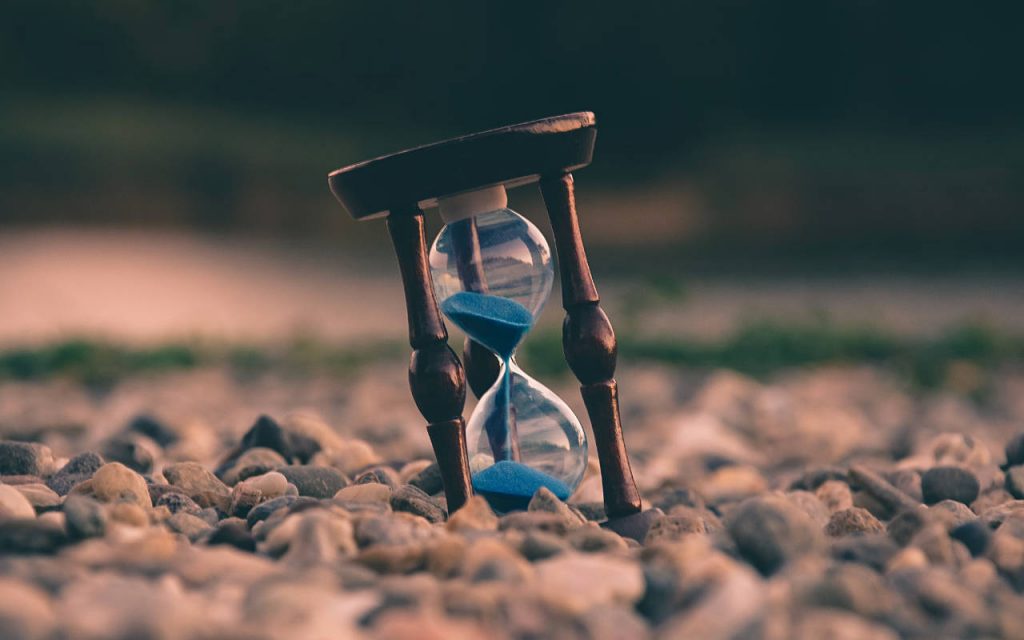Polythene. That ubiquitous plastic material that’s used to make everything – from packaging and containers, to pipes and toys.
But… Why? What’s the science behind polythene? What makes it so strong and waterproof – and does that make it stay in the environment forever? In this post, we’re exploring the journey from gas to plastic, product to waste – and seek to find out whether a “plastic cycle” can ever be completed. So, let’s start at the very beginning; the birth of polythene.

The polymerisation of ethylene gas
Polythene is a type of polymer, which basically means it’s made of one molecule, (called a monomer when it’s floating around loose) repeating in long chains. In the case of polythene, the monomer is ethylene – a simple, naturally occurring gas. Ethylene is made of two carbon atoms and four hydrogen atoms, with the chemical formula C2H4.
The process of converting ethylene gas into polythene involves a chemical reaction, called polymerisation.
Learn more: What is polythene and how is it made?
This is where ethylene molecules undergo a transformation. Under high pressure and high temperatures (which can be lowered with catalysts), a chain reaction happens. Quite literally! The ethylene monomers start linking together in long chains, transforming them from a gas into a solid. The length of these polymer chains can be tuned with pressure, heat and catalysts, to the specific type of polythene being produced (LDPE, MDPE or HDPE).
This production method results in a material with almost supernatural properties. Super strong, flexible, incredibly lightweight, water resistant, cheap to produce, blendable, printable, coloured, opaque or clear… The physical properties of polythene are unmatched by any other material – for packaging or otherwise!
Why is polythene so strong and waterproof?
The strength and waterproof properties of polythene come from its unique molecular structure. The carbon-carbon (C-C) bonds within this structure are very stable, making for a physically strong material, even when formed into incredibly thin sheets. It’s the same reason the wood in trees is strong – carbon bonded to carbon, in long chains. Incidentally, the lignin in wood is a naturally occurring polymer.
But it’s the carbon-hydrogen (C-H) bonds that make it unreactive, allowing for many solvents to be packaged in it – including water-based products. Carbon-hydrogen bonds repel water, sort of similarly to how oil and water don’t mix. This forms a hydrophobic barrier that resists the penetration of moisture, rendering it waterproof.
Learn more: The Physical Limits of Polythene Packaging
Density matters
The density of polythene also plays a role in its strength. HDPE has a more tightly-packed molecular structure compared to LDPE, and MDPE is somewhere in between. The higher density results in a more rigid and strong material. HDPE is known for its excellent strength and chemical resistance, which is why it’s commonly used for containers, pipes – and even fuel tanks in the automotive industry.
HDPE Vs LDPE – What’s the Difference?
MDPE is commonly used for piping, too – but it can also be specified in packaging films, to produce a thinner sheet or bag than LDPE, with a similar strength profile.
LDPE is the most flexible, making it ideal for packaging films, where maximum flexibility is desired.
How long does plastic last?
Polythene is known for its durability – which is both a blessing and a curse. That strength is why it’s widely used in packaging, but this also means environmental persistence.
The lifespan of polythene in the environment can vary widely depending on factors such as exposure to sunlight, temperature and the specific type of polythene. But it is known that polythene can persist in the environment for hundreds of years, because of polythene’s resistance to chemicals, microbes – and all the other stuff we hold it in regard for as a packaging material.
When exposed to sunlight, untreated polythene gradually degrades through a process known as photodegradation. UV light from the sun breaks the polythene chains into smaller fragments, making the polythene brittle and eventually powdering it – creating microplastics, which pose their own set of environmental challenges. Polythene can be blended with additives that prevent UV breakdown, but this doesn’t solve the wider problem of long-term plastic pollution.
The fate of plastics and packaging in the future
Even in the far future, it’s unlikely that all the polythene will naturally revert to ethylene gas. And neither will this happen by human-made means. The process of converting polythene back into ethylene would require incredibly energy-intensive, complex chemical reactions.
But there are efforts to address the environmental impact of plastic waste.
Recycling, upcycling and repurposing spent plastics as building materials are the current best models.
Maybe one day in the far future, when energy is infinite, free and clean, we’ll harness the chemical potential in polythene to turn it into different raw materials – ridding our oceans and landfills of plastic forever, while always having access to more virgin material whenever we need it.
Because, this remarkable material has made modern human life possible. From the food we eat, to the cars we drive, to the technology we use day to day, polythene is a fact of life.
We just have to learn to live with it responsibly.
Polythene packaging: reusable, recyclable – always reliable
At NPF Packaging, we design and deliver high performance polythene packaging. Our packaging products are reusable, recyclable and made to your exact specs – with custom polymer blends, colours and printing available.
Get a quote now, or call us on 01773 820415.


